We work with individuals across campus to create and support optimal conditions that ensure the safety of all students, faculty, staff, and visitors engaged in research in the lab or field. We outline individual roles and responsibilities for every stage of research, from initial setup, to moves and cleanouts, as well as procedures for spills.
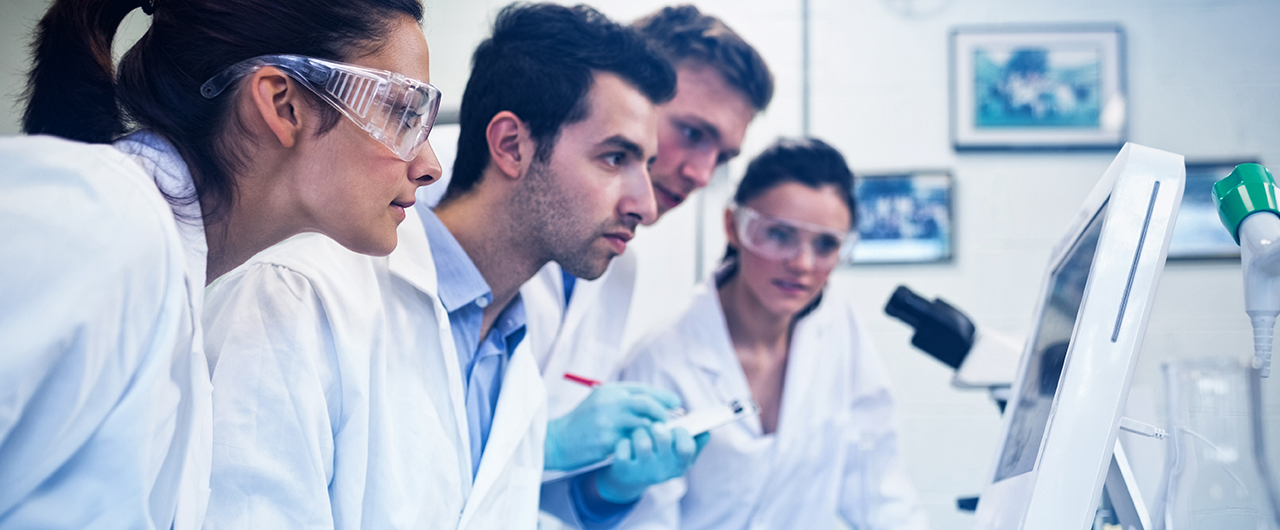
Lab & Research
We provide resources and guidance to keep all researchers safe whether you're working in the lab or the field.
General Questions

EHS Rep Notebook
The EHS Representative (EHS Rep) reports to and assists the PI/Supervisor in identifying and addressing EHS matters. The Notebook contains information to help EHS Reps in their role.
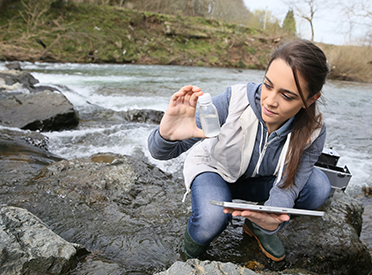
Field Research Safety
The dynamic nature of field work at MIT requires our field researchers to appropriately plan for potential environment, health, and safety hazards and emergencies.
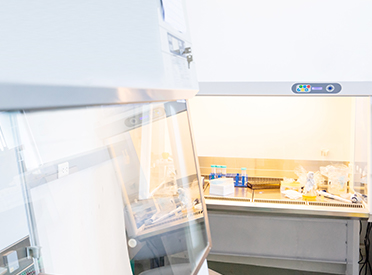
Fume Hoods/Laboratory Ventilation
Exhaust ventilation is the primary means of preventing exposure to hazardous substances in laboratories and other workplaces.
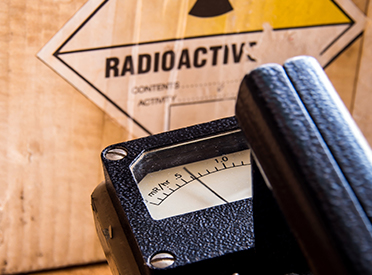
Hazardous Materials Shipping
The EHS Office is the MIT approved hazardous materials or dangerous goods shippers for transport by air, land or sea, in accordance with all regulatory requirements.
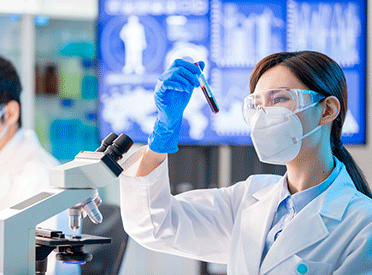
Inspections: Level I & Level II
The inspection program provides a coordinated and consistent mechanism across the MIT campus for both local and central MIT EHS staff to assess performance, correct problems and prioritize areas for improvement with respect to the environment, health and safety.

Lithium-ion Battery Safety
To dispose of a lithium-ion battery, contact the EHS office for disposal of damaged batteries.
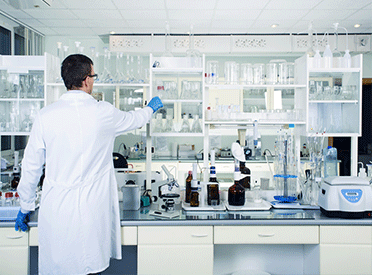
Lab Cleanouts
EHS works with MIT's departments, labs and centers (DLC) to provide support and guidance during lab moves and chemical cleanouts of all types and sizes.
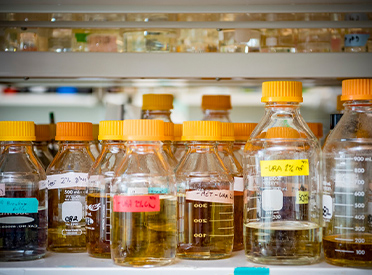
Spill Kit Request Form
The EHS Office has created a kit that is specifically designed to suit the laboratory environment.

Toxic Gas Monitoring
Gas monitoring may be required when highly toxic, toxic, flammable, or pyrophoric (spontaneously combustible in air) gas use is planned.